City-Killer Asteroid On Track To Impact Earth
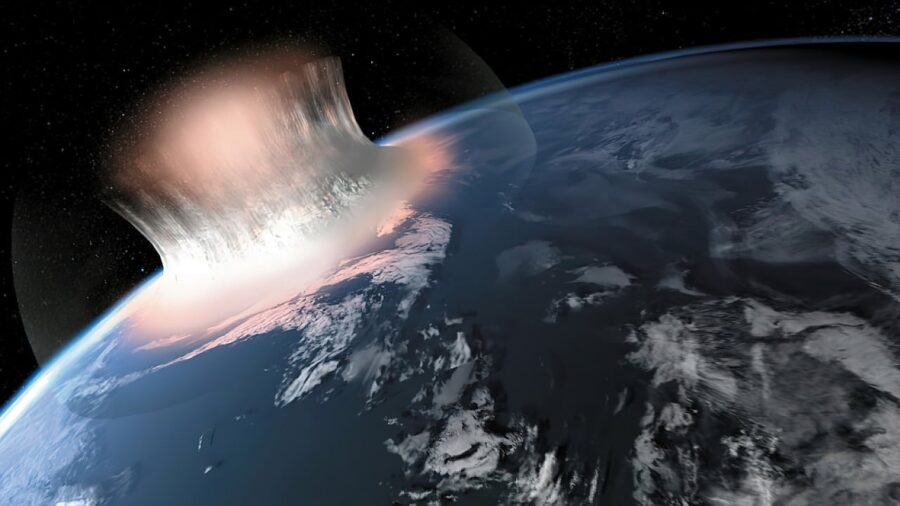
Yet another danger from outer space threatens to flatten out our home world, as recent reports now suggest that there’s a slim but overlooked chance that Apophis, a city-killer asteroid, could hit Earth as it makes its scheduled super-close approach to our planet in 2029. The chances of this happening are pretty close to naught, and we won’t be able to confirm whether or not Apophis is on a collision course for another three years.
A Small Chance Of Impact But Not Zero
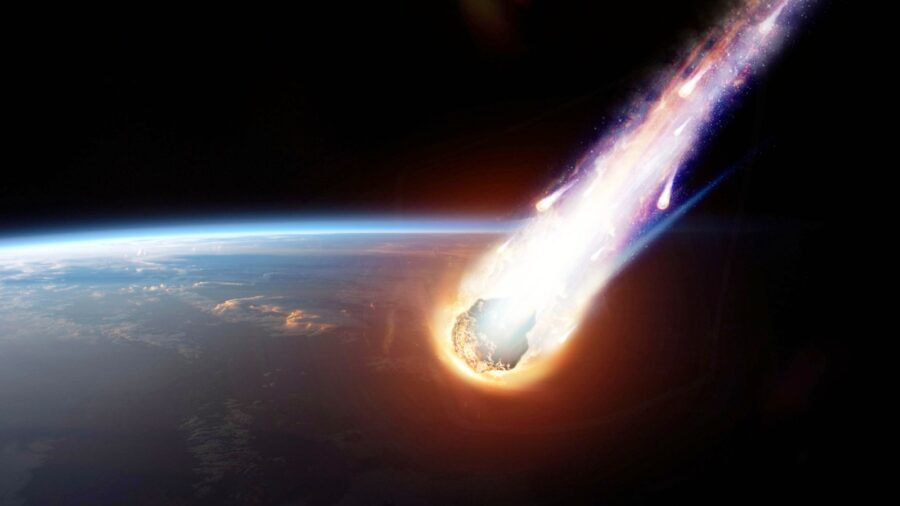
Apophis, named after an ancient Egyptian deity that embodies darkness and disorder, is a near-Earth asteroid that NASA classifies as a potentially hazardous object with a diameter of 370 meters. Approximately the size of the Eifel Tower, Apophis caused a brief period of concern in 2004 when initial observations indicated a probability of up to 2.7 percent that it would hit Earth in 2029. Admittedly, at this size, Apophis is many things, but it’s far from being a planet-killer; due to its minute size, Apophis is more of a city-killer asteroid.
Should Be A Harmless Flyby But…
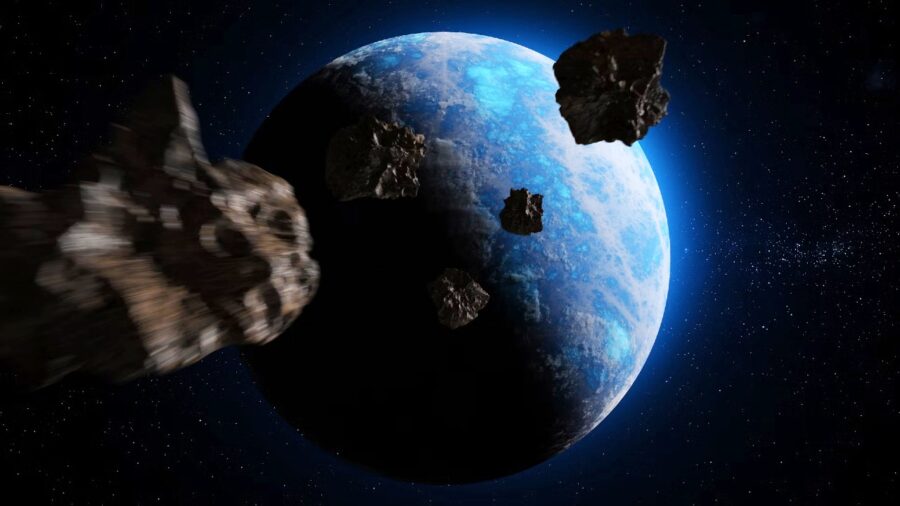
Subsequent observation of this city-killer asteroid revealed that Apophis will sail safely past Earth during its 2029 flyby without causing any damage on the surface. However, it would sail past at a distance that’s less than 20,000 miles, which could damage some of our satellites.
With that said, the danger of collision isn’t fully excluded, as external factors—which are bountiful in the sea of stars—could still nudge the city-killer asteroid towards a collision course with Earth, potentially leveling one of its cities and causing massive damage and casualties.
Potentially Knocked Into A New Path
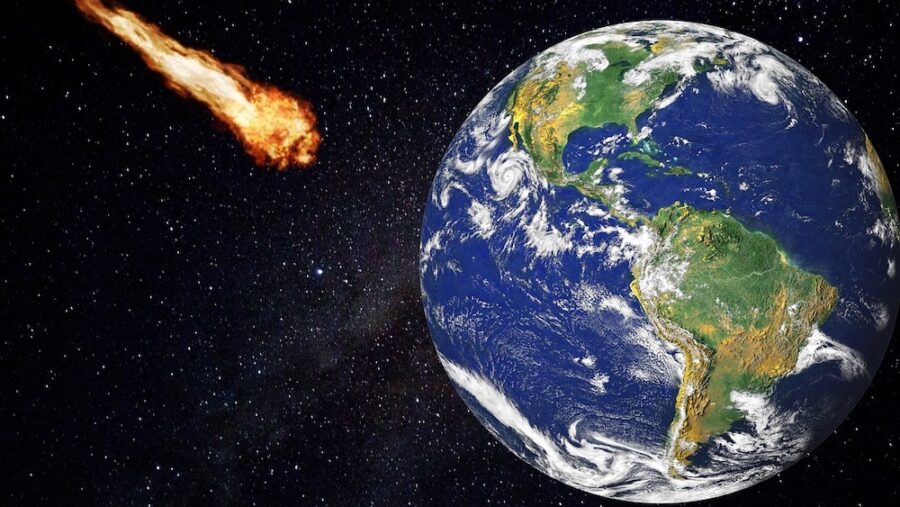
For example, previous scenarios predicted that, while it would safely sail by us in 2029, Apophis’ interaction with a gravitational keyhole would course-correct the city-killer asteroid for a direct impact on Earth in 2036.
This was later disproven, with current research suggesting that Apophis has no chance of impacting Earth in the next 100 years. However, this didn’t account for unpredictable factors lurking in the cold vastness of space, like smaller asteroid impacts, that could nudge Apophis off its natural course and hurl it directly toward Earth.
NASA Knows Asteroid Redirection
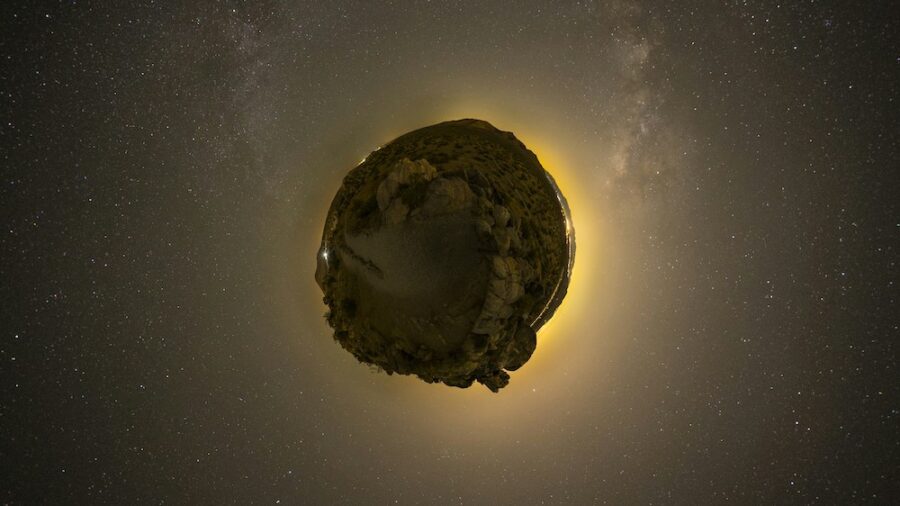
This is something that has happened in practice before, but the roles were reversed. Namely, NASA’s DART mission successfully redirected Dimorphos by smashing a spacecraft into it in 2020, altering its trajectory and observing the effect a collision of such magnitude could have on the asteroid and the moon it orbits. The mission is, for now, considered a success, though the effect of the collision isn’t yet fully explored, and it’s also worth mentioning that Dimorphos is only half the size of the city-killer asteroid.
The Scramble For Anti-Asteroid Technology
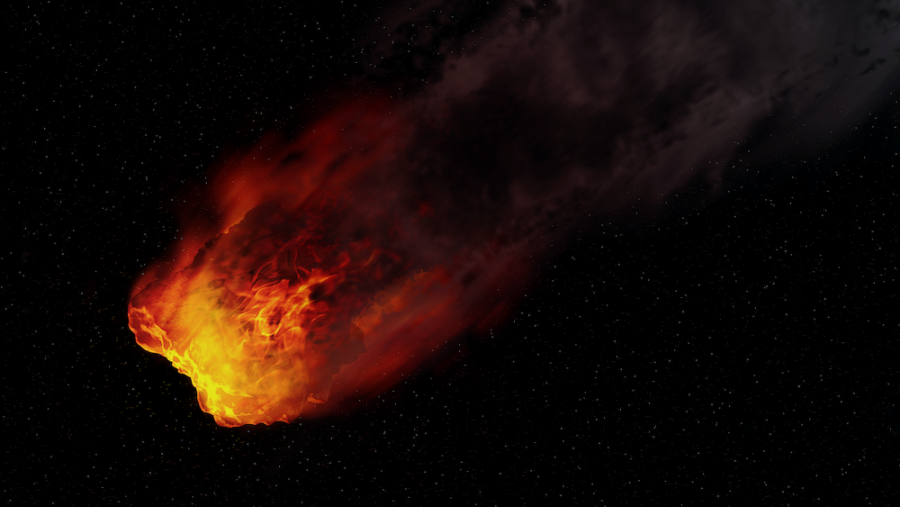
However, the example still applies to Apophis; the city-killer asteroid could suffer an impact from a smaller object that’s forceful enough to nudge Apophis toward Earth. And if that ever happens, we can start questioning whether we have the technology, the manpower, and the logistical capabilities to avoid a disaster such as a city-killer asteroid after the fact that the world was stopped by a seemingly invisible, microscopic enemy in 2020, let alone a flying space rock.
Source: NASA Science










